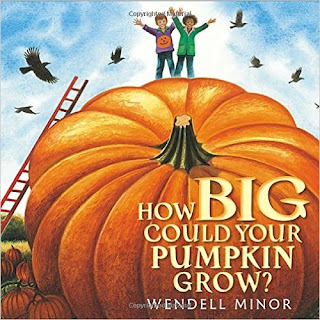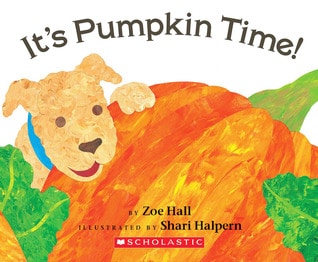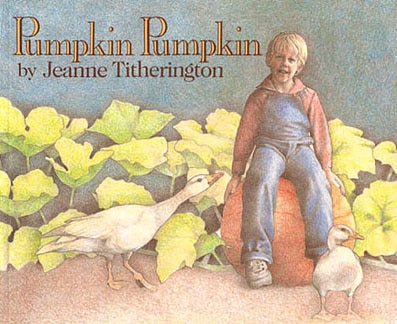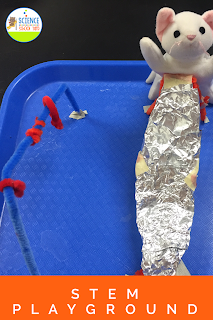Are you like me? It is the end of July and I am chomping at the bit to get into my classroom. This year, is a bit different for me...I am headed to a new school to teach K-5 Science so I seriously have already stepped into my new classroom to do a bit of fixing up, planning, purging, decorating, and dreaming of my new lessons that I will be able to deliver to a whole new group of kiddos!
Some of you are headed back next week, while others have a bit more time, however I am here to give you my top 10 Back to School Ideas to keep you sane!
10-
Let it go! Whether your year was positive or not or had a few bumps along the way, this year is a fresh start. (With a new school I think my bumps might come at the beginning of the year as I learn over 300 new names, do meet the teacher activities, and fill shoes of a loved teacher! It is a fresh start and I have to remember that!)
9-
Organize! I mean get a planner, organize supplies, plan for distributing and collecting papers, create a new layout for your room, label your bins. (I stepped into classroom chaos as the teaching leaving left everything as is and it was all going to a new space. I bought tubs and bins, organized and boxed up unnecessary supplies...I mean 400 hand lenses for only 200 students and over 40 scales...I had very little but the FOSS boxes, but now I am getting organized! Not quite there, but I am seeing the forest through the trees!)
8-
Decorate! I mean on a budget friends! I made my own letters and printed them on colored paper. I used a coupon from Michael's! I spray painted an old book shelf for my Collaboratory and even made my own science posters and sentence starter bubbles to cover up the rust on the radiators. Here is the link to my sentence starters!
Sentence Stems Freebie just for you!
I really feel that if your classroom is warm and inviting, for you and your students...you and your students will want to be there!
7-
Plan! Set a plan for the incoming year. Don't wait until you walk in the door for the first time in fall. You will be readying for open houses, meetings, and so much more! Even if it is a road map, pacing guide, first week's lessons, be ready by preparing your supply list, the papers you will need to print, and even ready your digital resources! Looking ahead will save you time and save you from any unforeseen complications along the way.
6-
Create! So this one I am ready for. I started to think about all of those new families and kiddos walking through my door, not knowing me or even knowing where anything is in their new science room. So I created a Meet the Teacher sheet that I will hang at the board (with a note saying they should share their name and one thing they like about science) and at the door! I also made station signs to help them find new areas around the room and what that area means to them. Even the off limits sites are going to be explained!
5-
Book It! Find some new picture books that you can try out this year! Whether that is from Youtube, the public library, your local book store, or your school library...find a few new go to's that will add a new spin on your new year!
4-
Connect! This one took me some time to really think about. I will have few connections at my new school and after 27 years of teaching it gets harder and harder to want to keep starting over, however it is really important for anyone young or veteran to form relationships among staff. That means other teachers, aides, custodians, secretaries, and most importantly students. Its those relationships that make it worth coming each and every day! No one knows the amazing job my Encore teams does to educate children and as a team we are coming over to connect! You never know when you need a little help, an ear to listen, or just a friendly face greeting you in the morning! Relationships are the key!
3-
Comfort Zone! Professional development doesn't have to just come from the district you work in, PD can come from choices you make to learn a new teaching strategies or new curriculum. Get out of your comfort zone to learn something new. Start early so you are prepared. This last week, I was in a digital PD that showed me different strategies that I could implement using our iPads at school. I am going to be trying some of those ideas this year and I am getting those digital resources ready before I even get back to school. Sometimes trying new ideas can be difficult because it means we have to take a risk, however I figure in the day of teacher effectiveness this shows me stepping outside the box...can you?
2-
Checklists! Right now, I have two checklists next to me. I have my school list of things to do, and I have my home list of things to finish before I go back. On my checklist is to purge many areas of hiding places in my home where I have stored way to much "stuff". Time to get rid of it while my children are willing to help me. I have taken many items to retirement homes, homeless shelters, and okay I may have slipped a few items in our school garbage can when I came to purge some things from my classroom makeover.
1-
Reflect! I think that this is so very important each and every day, but when summer vacation is at an end it is key to moving forward. Reflect on the summer, look back on last year's successes and busts, reflect on what worked and what didn't, think about what you want this year to look like, and what you and your students need to make this year a success!
You got this! Here is something I made to cover up some rust as well as start conversation among students.





 Let's not forget to add some STEM!
Let's not forget to add some STEM!













































